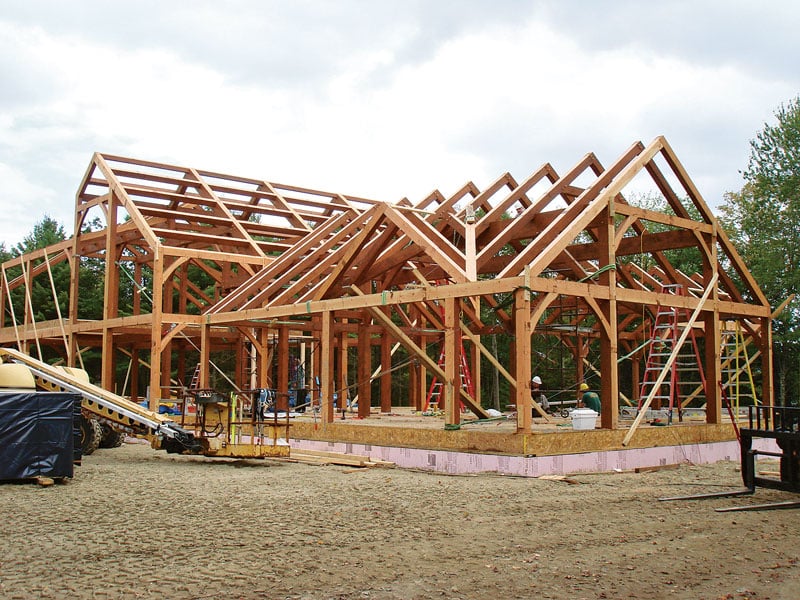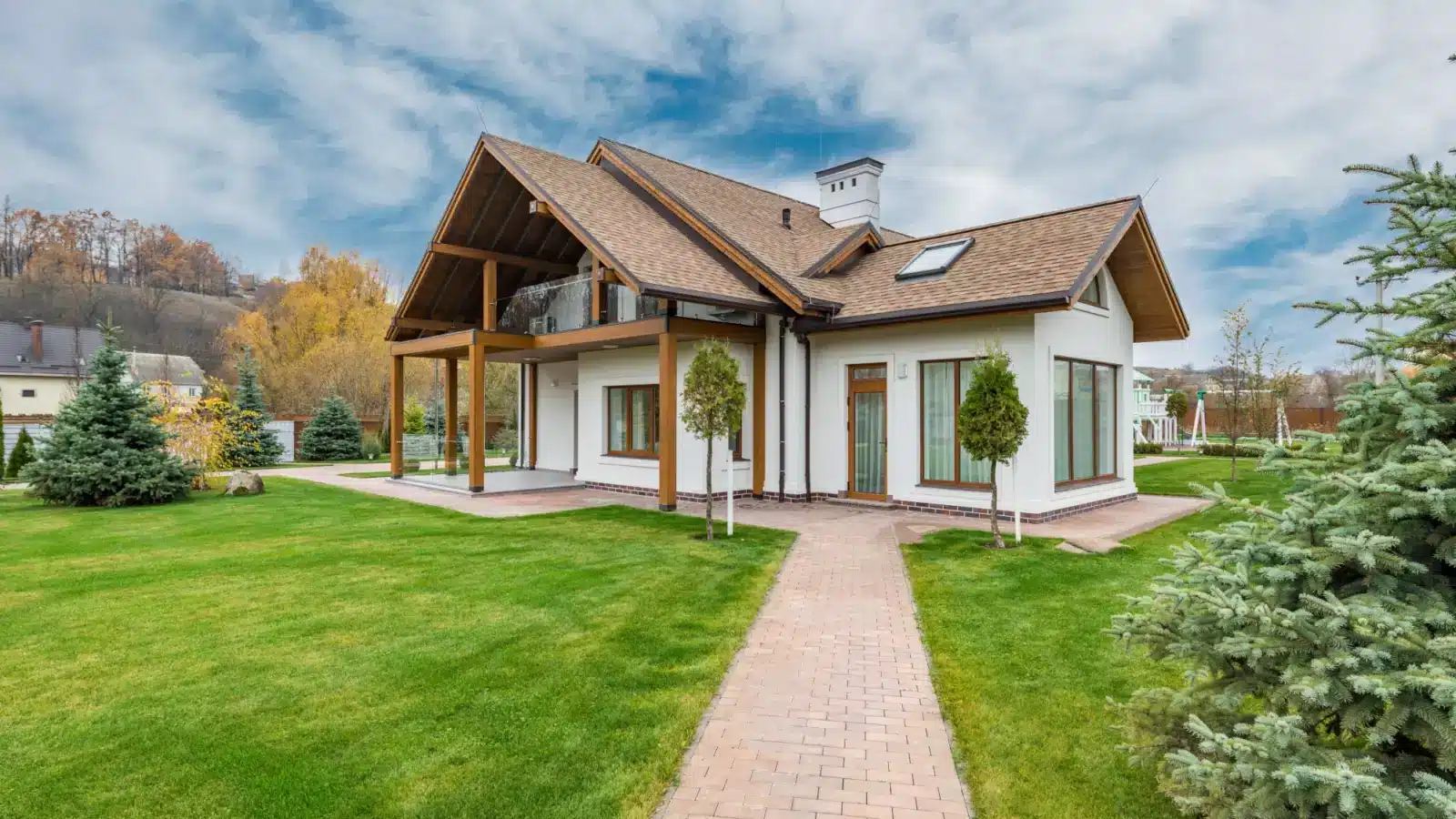Termites are no problem for your Tulsa pest control company. Termites are wood destroying insects that feed upon the structure which makes up our homes and buildings. These insects can cause massive damage and cost thousands of dollars. Every year millions of dollars of damage is done in America to structures by these parasitic insects. It’s important to understand termites in order to protect your largest investment, your home. So in this article, let us take a good hard look at termites, their lifecycle and what you and your Tulsa pest control company can do to protect yourself and your loved ones from these pests.
WOOD EATING TERMITES AND TULSA PEST-CONTROL
Termites are uniquely equipped to break down wood in their digestive system. Most other insects cannot use this substance for a form of energy. Termites have a symbiotic relationship with an enzyme found in their gut biome that gives them the ability to break wood material down and turn it into energy. The cell of a piece of wood contains two separate parts. There’s lignin and then there is cellulose. The cellulose is the part of the wood that termites can break down using this enzyme. Once they do this, they will have enough energy to do the things that they need to do.
In order to get this gut biome, the young termites have to feed from the anus of the adult worker termites. This is because, as the termites grow, they must molt from time to time. This is the process by which they remove their old exoskeleton and replace it with a new larger one. When they do this, they will lose a piece of their hind gut, which carries a lot of the gut biome that they need to digest wood. By consuming food from another worker, they will replenish their gut biome plus get the sustenance that they need.
TERMITE TYPES
Termites come in three different kinds. There are dry wood termites, wet wood termites, and subterranean termites. While we have all three here in Oklahoma, the eastern subterranean termite is the most common termite that we have problems with here, especially in the north eastern part of Oklahoma. Dry wood termites do not need to remain in a humid environment in order to maintain moisture levels that are necessary. While dry wood termites do need that moisture, they do so by consuming wood from swampy areas and waterlogged branches. Subterranean termites maintain the humidity by staying underground where the air is much more humid. Contact your Tulsa pest control company for help with termites.
TERMITE SIGNS AND TULSA PEST-CONTROL
If you’re concerned about termites attacking your home, it’s important that you understand what the signs are and the look of a termite infestation. As I said before, the eastern subterranean termite is the most common termite that we see here in northeastern Oklahoma. These termites must stay underground in order to maintain the humidity required for them to survive. If they’re above ground without the aid of the extra humid climate from underground, they will dry out and die. In order to come above ground for food and do other things that are necessary, they will build mud tubes up the same structures to carry the humid air above ground where they can use it.
This means that if you’re seeing mud tubes coming up from the ground, up the side of your building, then you have a problem with termites. Often you can see these inside your garage or on the outside of your home. But sometimes termites can make the way through cracks and seams in the foundation and come up inside a wall. Here you won’t see them unless you’re willing to break open the wall and remove the drywall. In most cases, this is just not practical.
The only way to tell is if these termites come up inside a wall, is once they begin to eat on the drywall. The cellulose in the paper and the gypsum is great for them to consume. As they do, the drywall will start to get thin in places, so that you can run your hand across it and feel these thin spots. If you’re having weak spots in your drywall than that could be a sign that you’re having problems with termites. Contact your Tulsa pest control company for help with termites.
FLYING TERMITES AND TULSA PEST CONTROL
Once a termite colony gets to a certain age, it will begin to seek to reproduce the entire colony. It does so with a special kind of termite that can fly. These are called swarmers. These flying termites are released from the colony once a year during the month of April and May. At this time, thousands of these flying termites will come out and swarm in large clouds in different places in the wilderness.
Here they will seek to find a mate. Once two termites pair up, they will look for a suitable place to create a new colony. They will land here, lose their wings, and then begin to dig out the first chamber of the new colony. This is known as the royal chamber. Then the two will mate and the female will begin laying eggs. The male will work to tend to the young until they get to the point where they can now become workers, and then the king is has done his job.
If you’re seeing swarmers in your house, then you have a problem with termites. This could be a telltale sign and an important thing to watch for during these two months. So if you’re having an issue with termites or any other pest control, it’s time to call a Tulsa pest control company they can help. Here at TermMax pest control, we are the best in the business at dealing with termites, or any other insect. Check out our reviews! We service the greater Tulsa area, including Broken Arrow, Bixby, Jenks, Sand Springs, Sapulpa, Prattville, Owasso, Turley, Claremore, Catoosa, Coweta, and so much more. Call today for a free estimate. We’re here to help!




